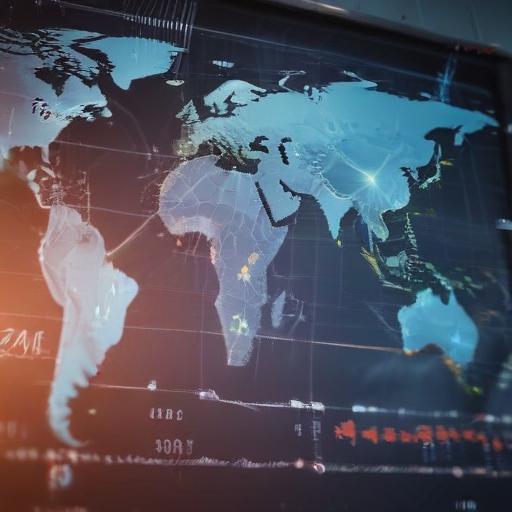Air traffic controllers at Denver International Airport experienced a communications outage lasting approximately two minutes on Monday, according to Frank McIntosh, the FAA’s deputy chief operating officer. During a recent hearing before Congress, McIntosh confirmed that multiple radio transmitter failures led to the loss of communication with as many as 20 pilots navigating into the airport.
On Monday at around 1:50 p.m., both transmitters covering a segment of the airspace failed, prompting controllers to switch to an emergency frequency of 121.5 MHz, which is typically reserved for emergency communications. Controllers were able to reestablish contact with pilots and direct them to another frequency to ensure continued safety.
While the FAA stated the outage lasted approximately 90 seconds, some local reports suggested it extended to at least six minutes, a claim McIntosh deemed “over exaggerated.” He reassured that despite the malfunction, aircraft remained safely separated and operational protocols were maintained.
This incident occurs against the backdrop of heightened scrutiny regarding the FAA’s operations, which have faced criticism following several significant communication failures and radar outages in recent months, including those at Newark Liberty International Airport. Lawmakers, including Rep. Robert Garcia, have expressed the need for immediate solutions to address these systemic issues within the aviation sector.
Amidst these challenges, the FAA is still searching for a permanent leader after Mike Whitaker’s resignation on Inauguration Day. McIntosh’s testimony highlighted long-standing problems in the aviation system and the urgent need for technological modernization, with costs estimated to reach at least $12.5 billion, according to a recent House committee report.
The agency’s recent communications challenges have amplified calls for reforms to enhance the safety and efficiency of the country’s air traffic control system. Although faced with hurdles, there appears to be a growing commitment within Congress and the FAA to address these critical issues and invest in improvements that will benefit the aviation industry and ensure passenger safety.
